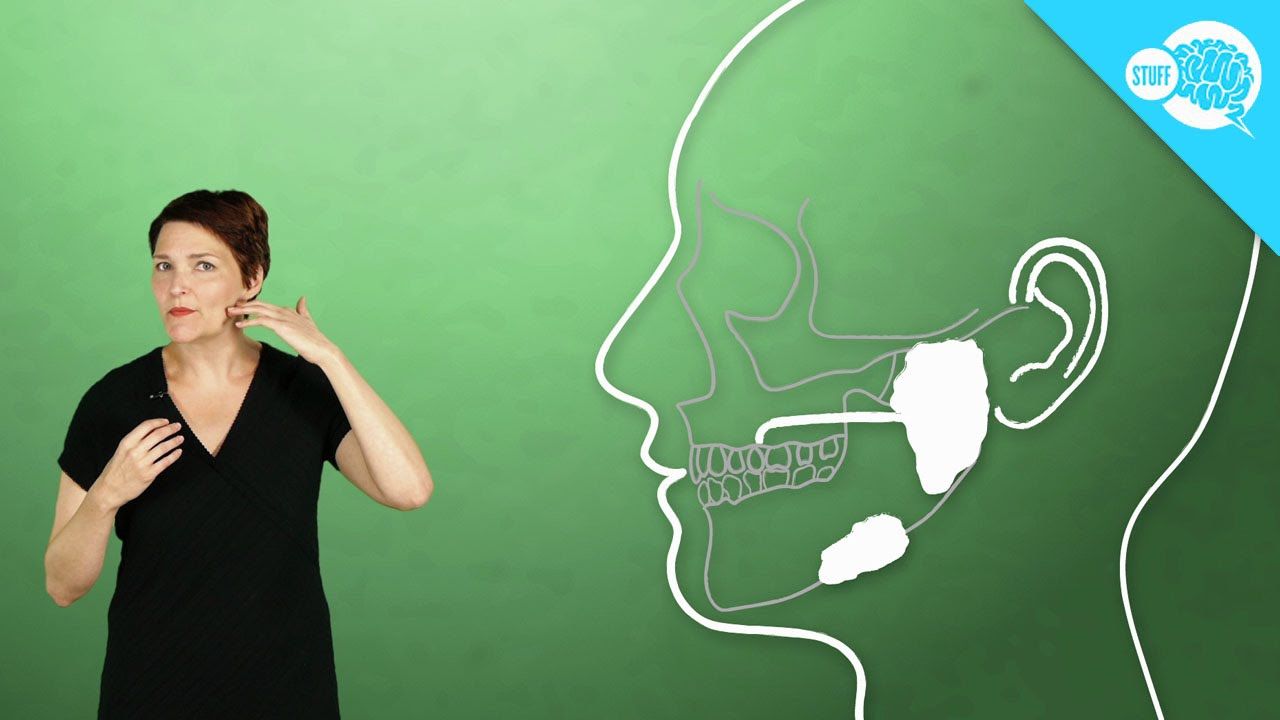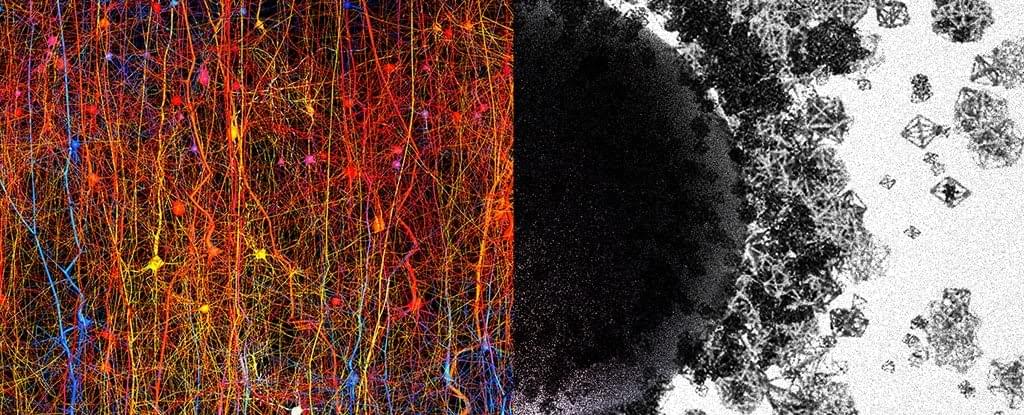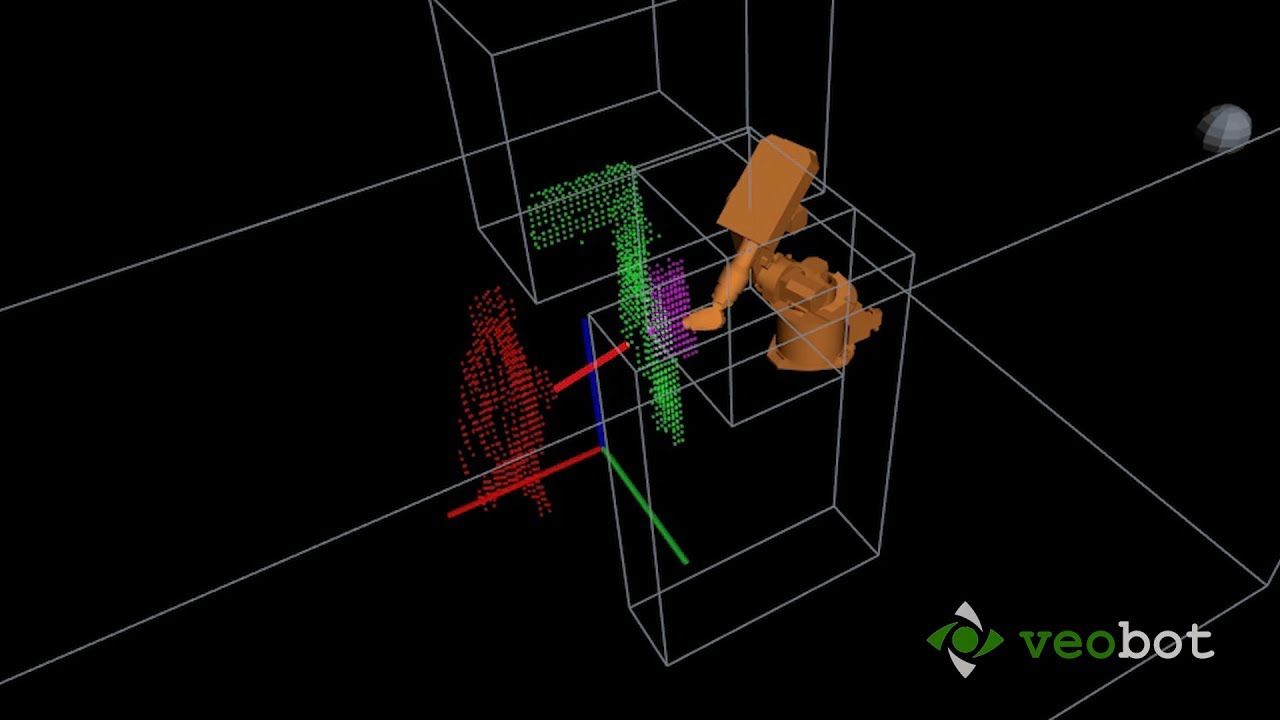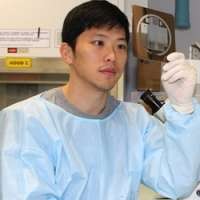Sep 7, 2017
Your Saliva Contains a Molecule That Heals Wounds
Posted by Shailesh Prasad in category: biotech/medical
Why is it that a cut on your finger seems to last for days, but a cut in your mouth is usually healed by morning? There are a lot of factors at play, but 2017 research found one intriguing answer that could benefit more than just your mouth: there’s a molecule in your saliva that can help grow new cells.
Scientists already knew that saliva contains a peptide called histatin-1 that fights off bacteria and aids in wound healing. For a 2017 study published in the FASEB Journal, Chilean researchers set out to discover exactly how the little molecule helped heal wounds. In a series of experiments, they added histatin-1 to chicken embryo cells and several types of human blood-vessel cells, and watched what happened.
Continue reading “Your Saliva Contains a Molecule That Heals Wounds” »


















